For a better future, study the past.
Menu
For a better future, study the past.
The Great Floridians 2000 program recognizes individuals who distinguished themselves through their philanthropy, public service, or personal or professional service, and who have enhanced the lives of Florida’s citizens. The Great Floridians 2000 program honors General Edmund Kirby Smith and Frances Kirby Smith.
Members of the public nominated individuals by submitting a Great Floridians 2000 application to the state. The Great Floridians 2000 Committee, a group of seven distinguished historians from throughout Florida, was responsible for periodically reviewing and approving applications.
The program began in 1998 and was completed in 2000.
The distinctive blue plaques honor the men and women in the program. Plaques are attached to buildings or structures in the cities where the designee left their mark. The plaques do not contain biographical information. Many plaques have been removed and are no longer on display.
The official biographies published as part of the Great Floridians 2000 program are shown below. The information published by the state may or may not be accurate.
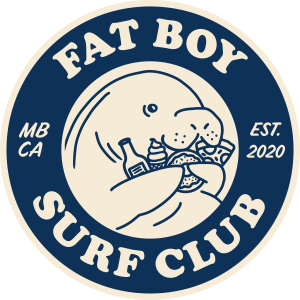
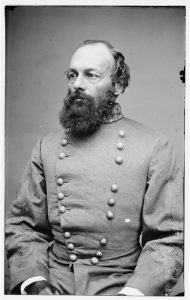
General Edmund Kirby Smith, was born in 1824 in St. Augustine, graduated from West Point in 845 and served in the army during the Mexican War. He resigned from the U. S. Army to join the Confederacy. He served under generals Joseph Johnston, Gustave Beauregard and Braxton Bragg and was instrumental in Confederate success at the First Battle of Bull Run in Virginia.
In 1863, he was promoted to Lieutenant General commanding the Trans-Mississippi Department, the highest-ranking Confederate officer in the western campaign. On May 26, 1865, he surrendered his troops, the last major Confederate army to surrender. Following the war, Kirby Smith served as president of a telegraph company, then of the Western Military Academy in Nashville, and became a mathematics teacher at the University of the South in Sewanee, Tennessee. General Edmund Kirby Smith died in 893, the last surviving full general of either army.
His Great Floridian plaque is located at the Sequi-Kirby Smith House, 12 Aviles Street, St. Augustine.
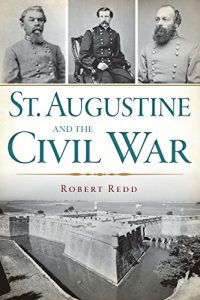
I recommend my book, St. Augustine and the Civil War if you are interested in the role of St. Augustine during the Civil War. Signed copies are available directly from my shop. You may also purchase copies through Amazon. Use THIS LINK to find other histories of St. Augustine.
Frances Kirby Smith, born in 1785, was St. Augustine’s most successful Confederate spy. Though born in Connecticut, she and her husband Judge Joseph Lee Smith moved to St. Augustine about 1820. For months before and during the Union occupation of Fort Marion (Castillo de San Marcos) she orchestrated the transport of mail to Confederate troops. At the same time, she entertained Union officers and learned of planned maneuvers, passing the knowledge to the Confederate Army. In the spring of 1863, the federal government ordered the removal of Southern sympathizers from their homes. After the war Smith returned to St. Augustine and lived for another decade, a Confederate supporter until the end. Francis Kirby Smith died in 1875.
Her Great Floridian plaque is located at the Sequi-Kirby Smith House, 12 Aviles Street, St. Augustine.
The distinctive blue Great Floridians 2000 markers may be see at the Segui-Kirby Smith House, located at 12 Aviles Street, in St. Augustine.
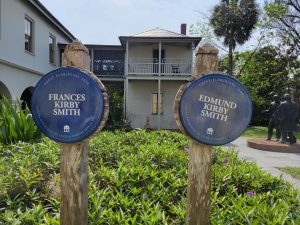
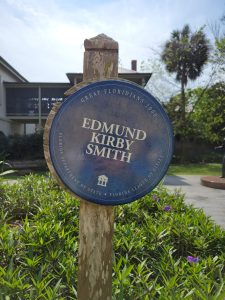 General Edmund Kirby Smith is buried in the University of the South Cemetery, located in Sewanee, TN. An online memorial can be found HERE.
General Edmund Kirby Smith is buried in the University of the South Cemetery, located in Sewanee, TN. An online memorial can be found HERE.
Frances Kirby Smith is buried in the Huguenot Cemetery in St. Augustine, FL, located adjacent to the Visitor’s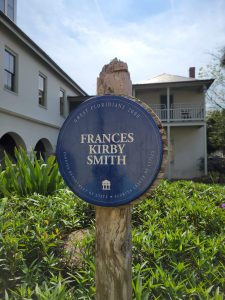 Center. An online memorial can be found HERE.
Center. An online memorial can be found HERE.
 Click the image or THIS LINK to support this site through Buy Me A Coffee. Your support pays for web services, research trips, photocopies, and photo usage fees. You may also be buying the next bag of coffee beans that help keep me focused on the writing task at hand.
Click the image or THIS LINK to support this site through Buy Me A Coffee. Your support pays for web services, research trips, photocopies, and photo usage fees. You may also be buying the next bag of coffee beans that help keep me focused on the writing task at hand.